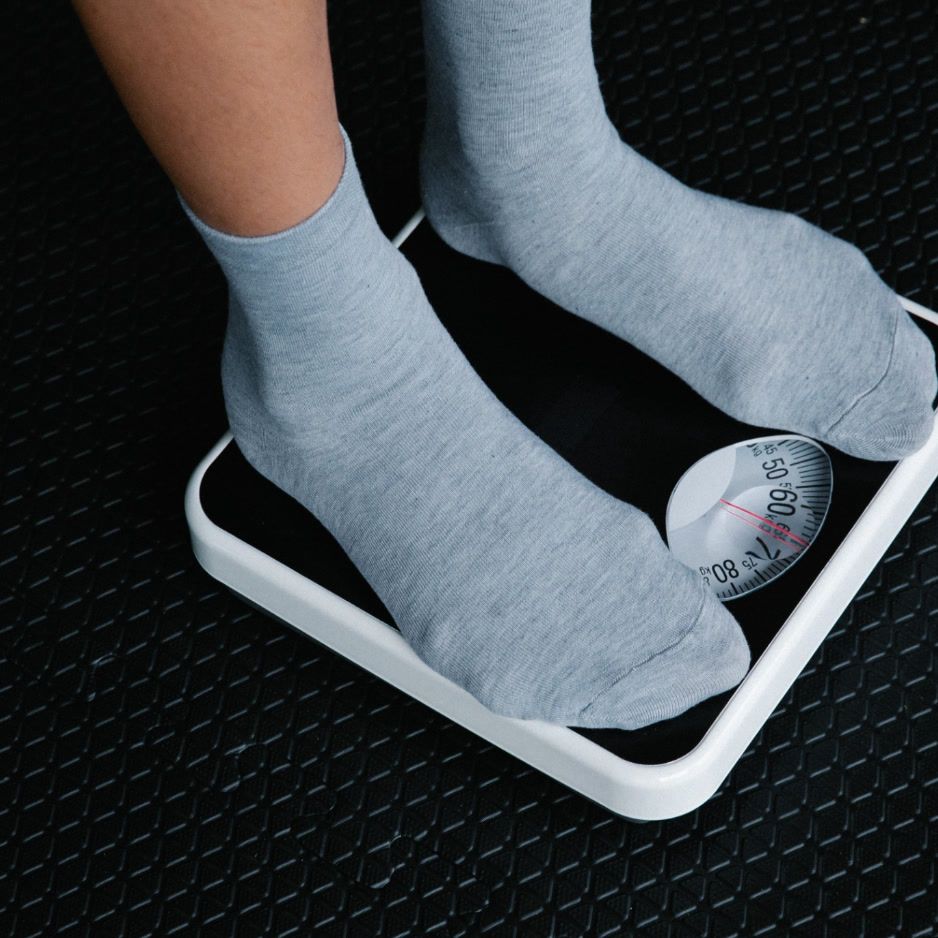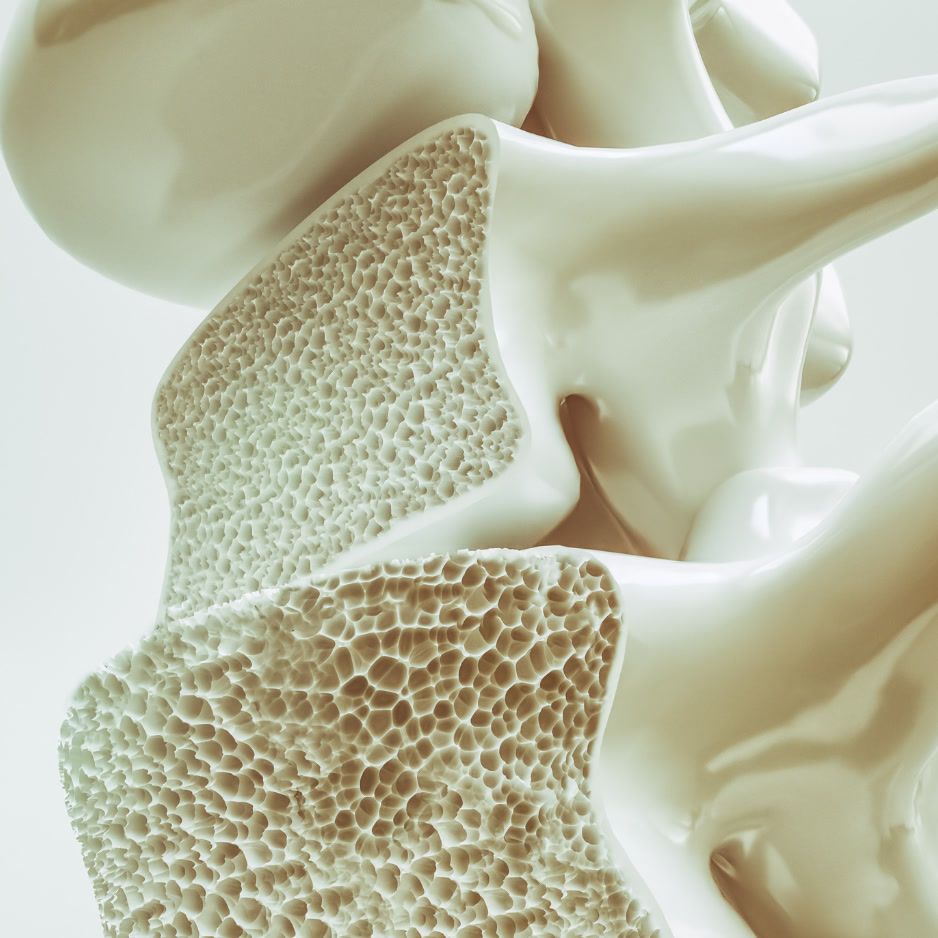Dense Breast Tissue: Risk, Screening, and BI-RADS Categories

Dense Breast Tissue: Risk, Screening & BI-RADS Categories
If your mammogram report says you have “dense breast tissue,” you’re not alone — and you’re not powerless. About half of women age 40+ have dense breasts, and density is a routine finding on mammograms (NCI; CDC). Dense tissue can make mammograms harder to read and is also linked to a somewhat higher risk of breast cancer — two separate reasons to know your options.
In 30 seconds: what it means and what to do
- Breast density = a mammogram finding. You can’t feel it. It’s classified from BI-RADS A–D.
- Why dense breast tissue matters: Dense tissue can “mask” cancers on mammograms and is also an independent (modest) risk factor for developing breast cancer (NCI).
- New protections: An FDA rule updated in 2023 now requires facilities to tell you if your breasts are "dense" or "not dense" in your summary letter and to include plain-language guidance; facilities were required to comply by September 2024 (FDA).
- Next step: Most people should start mammograms at age 40. If you have dense breasts, ask your doctor whether your center offers 3D mammography (tomosynthesis) and whether supplemental tests (ultrasound or MRI) are available and appropriate for you (USPSTF; ACOG).
What is breast density?
Your breasts contain fatty tissue, fibrous connective tissue, and glandular tissue. “Dense” breasts simply have more fibroglandular tissue and less fat. Density shows up only on a mammogram — both dense tissue and tumors look white, which is why density can hide small cancers (“masking”) (NCI; Cleveland Clinic).
Radiologists use BI-RADS to describe density:
- A: Almost entirely fatty
- B: Scattered areas of fibroglandular density
- C: Heterogeneously dense (may obscure small masses)
- D: Extremely dense (lowers mammography sensitivity)
People in C or D are considered to have “dense” breasts (ACOG). Roughly half of women 40+ fall into the dense categories (NCI; CDC).
Why density matters: masking and intrinsic risk
Breast density matters for two reasons:
- Masking: Dense tissue and cancers both appear white on mammograms, which can make images harder to interpret and sometimes lead to callbacks or missed cancers (NCI).
- Independent risk: Dense breasts are also a separate risk factor for developing breast cancer. Risk rises with density, even after accounting for the masking issue (NCI; DenseBreast-info).
Encouraging context: Having dense breasts does not mean you’re more likely to die from breast cancer; outcomes depend on many factors, and most people with dense breasts do not develop breast cancer (NCI; CDC).
How will I know if I have dense breasts? The new FDA rule
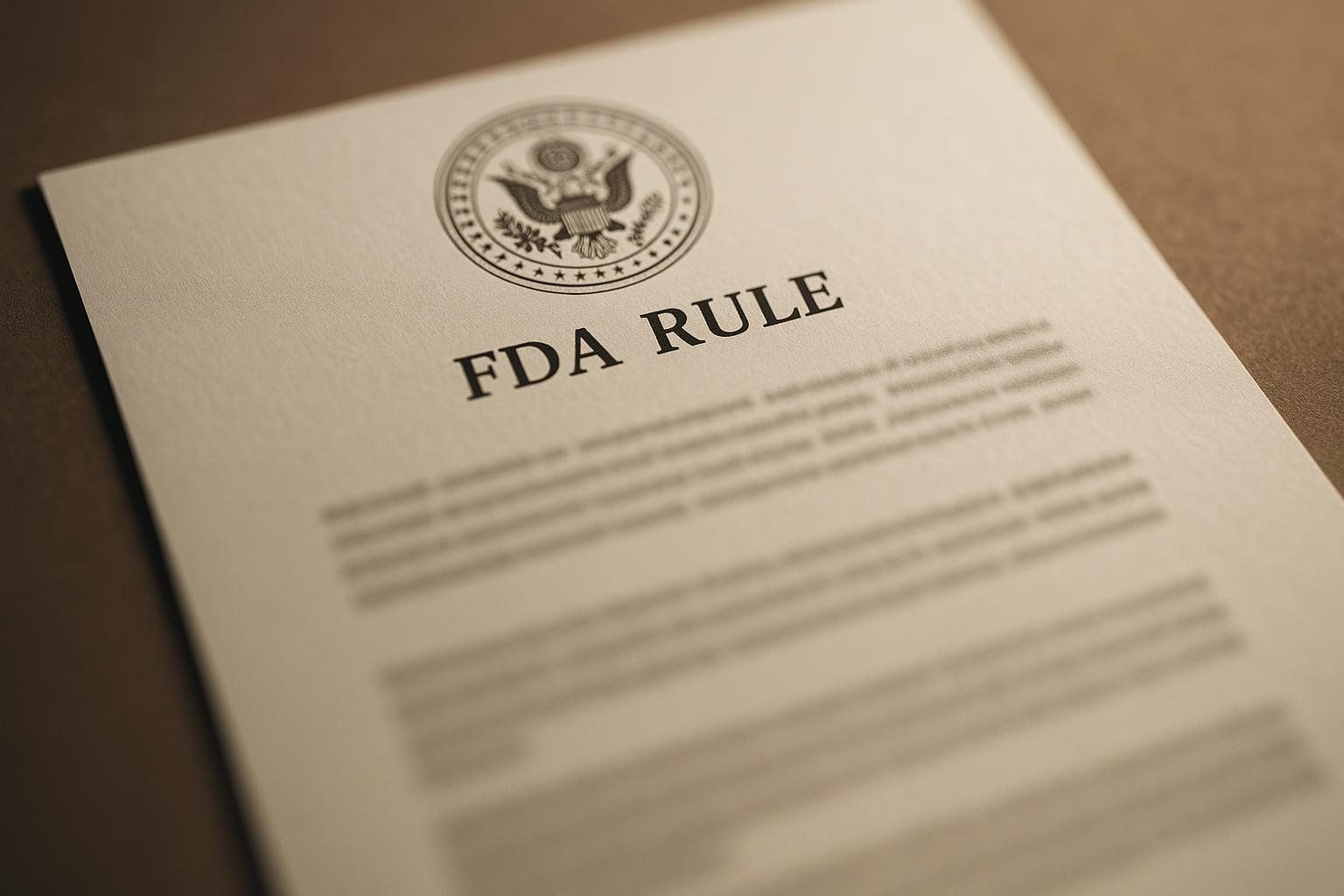
An FDA rule updated in 2023 requires mammography facilities to include breast density in both the clinician report and the patient “lay letter,” with facilities required to comply by September 2024. Your summary will say “dense” or “not dense” and include standardized next-step language (FDA; ACOG).
If your letter says “dense,” use it as a prompt to:
- Review your total risk (family history, genetic findings, prior biopsies, prior chest radiation, etc.).
- Ask about 3D mammography (tomosynthesis). It’s an advanced form of the primary mammogram and can improve detection and reduce recalls in many settings, including dense breasts (USPSTF).
- Ask if supplemental tests are available at your center (ultrasound, MRI). Evidence is currently insufficient to recommend routine add-ons based on density alone, but it’s worth asking — availability, benefits, and downsides depend on your overall risk and local resources (USPSTF; ACOG).
Screening recommendations at a glance
- USPSTF: Biennial mammograms from 40 to 74. Evidence is insufficient to recommend for or against routine ultrasound or MRI based on density alone (USPSTF).
- ACOG: For average-risk people with dense breasts and no symptoms, don’t automatically add tests; decide based on overall risk and shared decision-making (ACOG).
- If MRI isn’t available: consider CEM or MBI; if contrast methods aren’t available, consider ultrasound. Expect more false positives when adding a new test. Some clinical guidance for clinicians outlines these options (see the DenseBreast-info.org screening guidelines).
Bottom line: If you’re average-risk and your breasts are dense, keep up with mammograms starting at 40, ask about 3D mammography, and have a shared decision-making conversation about any add-on tests based on your total risk profile.
Supplemental screening options (pros, cons, availability)
Guidance from DenseBreast-info.org outlines the following supplemental tests:
- Ultrasound (supplemental): May find cancers not seen on mammography in dense tissue but can increase false positives and follow-up biopsies; practice patterns vary.
- MRI (supplemental): Highly sensitive and often used in higher-risk people; some international groups recommend MRI for certain dense-breast populations, but U.S. bodies call for more evidence in average-risk people with dense breasts.
- Contrast-Enhanced Mammography, CEM (supplemental): A consideration when MRI is unavailable or contraindicated; FDA-cleared for diagnostic use in the U.S. and has limited availability.
- Molecular Breast Imaging, MBI (supplemental): Can detect cancers in dense breasts but is usually not used for routine screening because of whole-body radiation exposure; specialty use varies.
Remember: Any test can cause false positives, especially the first time you add a modality.

How BodySpec fits into a complete preventive picture
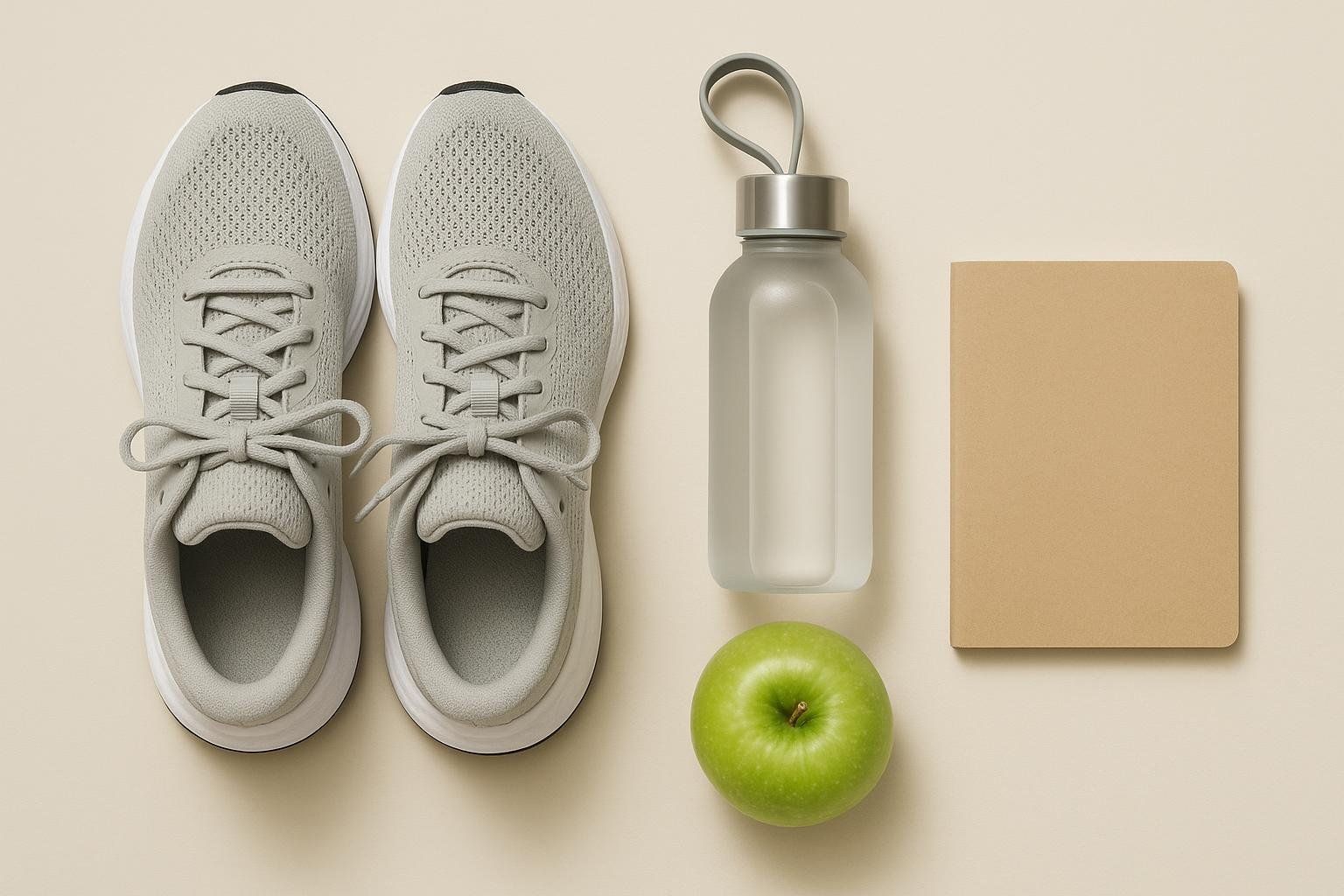
BodySpec doesn’t perform mammograms or breast imaging. We offer full-body DXA (DEXA) scans for body composition and bone health tracking — complementary data points when you’re taking a whole-health approach.
- Our DXA scans quantify fat mass, lean mass, and bone density with low radiation exposure — about what you’d get from a short airplane flight, as explained in our guide to DXA radiation and safety.
On non-diagnostic DXA body composition scans, dense breast tissue can appear as a bright white area — a visual artifact of DXA technology and not a medical finding. DXA is not designed to evaluate breast tissue or detect cancer. For breast concerns, stick with mammography and talk to your clinician.
- A diagnostic bone density DXA (used to test for osteoporosis) is different from BodySpec’s full-body DXA for composition tracking. Learn more about bone density DXA testing and see our guide on BodySpec's DXA scan accuracy.
Planning next steps? You can start with our tips to prepare for a BodySpec scan and review when women should get a bone density test.
The bottom line
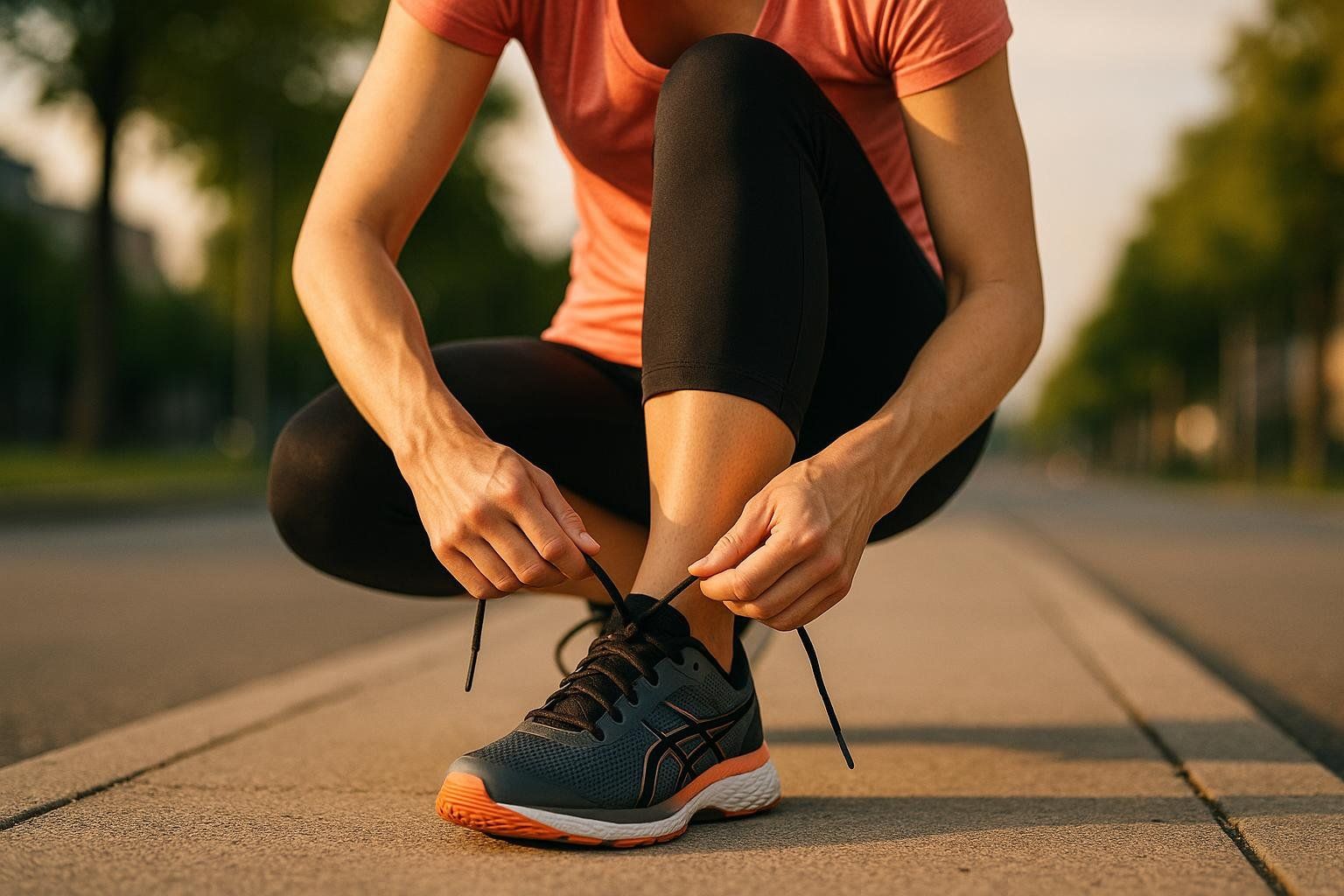
- Dense breasts are common. They can hide cancers on mammograms and modestly raise risk, but most people with dense breasts won’t get breast cancer (NCI).
- Clearer communication is here. You’ll now receive “dense” or “not dense” language in your mammogram letter nationwide, per updated FDA rules (FDA).
- Your move: If you’re average-risk with dense breasts, keep up with regular screening starting at 40, ask about 3D mammography, and discuss whether ultrasound, MRI, or other add-ons make sense for you (USPSTF; ACOG).
Want support building your broader health plan? Consider scheduling a BodySpec DXA to baseline your bone and body composition trends alongside your regular preventive screenings.
